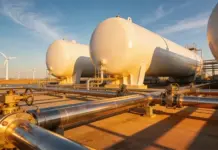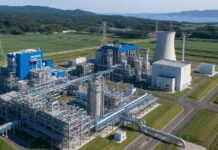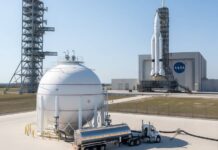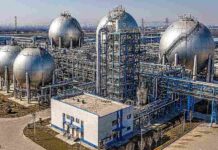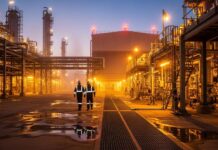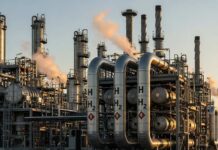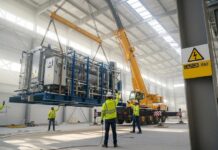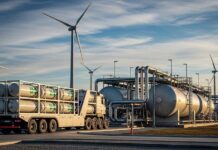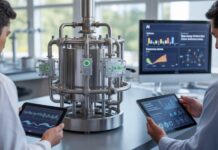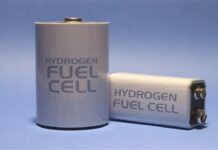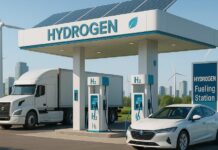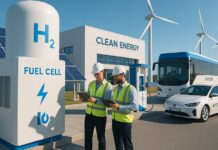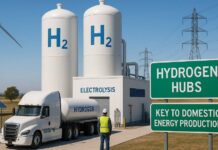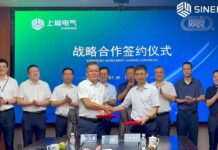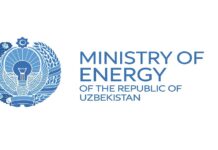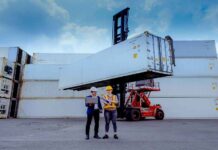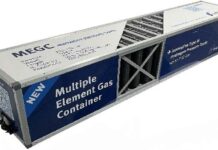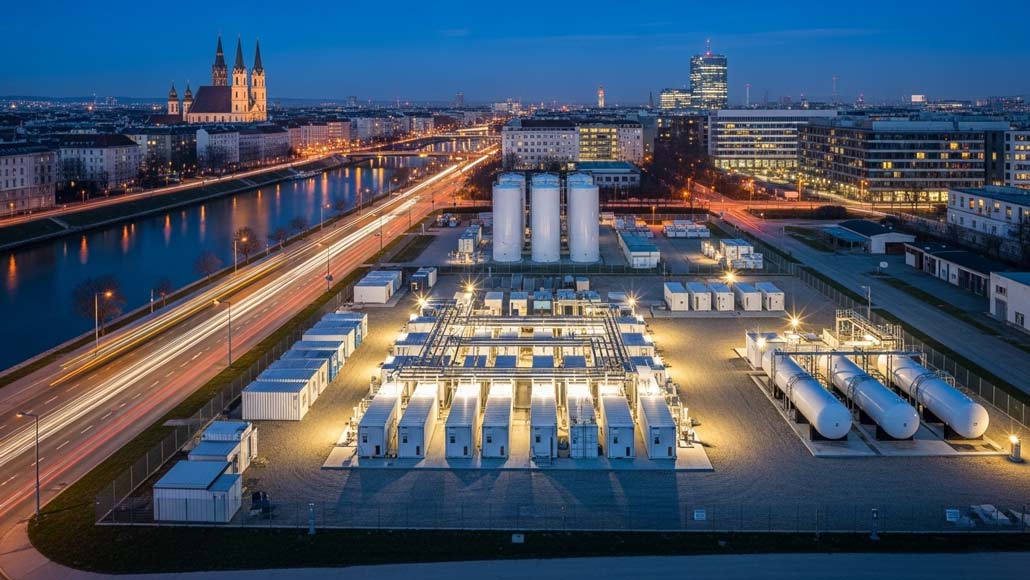In a recent move, the Austrian government has gone on to unveil a comprehensive plan to prominently ramp up the domestic renewable hydrogen production as well as its imports, which happens to be a key component in the energy transition strategy.
This initiative, which has been detailed through many pieces of new legislation, looks forward to bolstering Austria’s energy independence and also meeting the future climate objectives with two pivotal bills at the center.
Notably, there is one of the bills that proposes a €20 million subsidy program so as to help cover the capital costs when it comes to new electrolysis plants that make use of the electricity so as to split water into hydrogen as well as oxygen, whereas the second bill would go on to establish a national certification system in terms of renewable hydrogen, therefore making sure that it meets the European Union benchmarks.
As per the economy and energy ministry, this certification is going to make the Austrian hydrogen eligible in terms of funding and also internationally tradeable, and along with it, credibly certified.
Notably, the ministry went on to indicate that the bills are at present under review and could very well be enacted fast, therefore paving the way for fast execution. It is worth taking note that the government is also pushing for a fresh regulatory framework so as to finance critical hydrogen infrastructure, which includes the likes of pipelines as well as storage facilities.
Interestingly, Austria has been working toward meeting its climate targets by way of multiple projects. One of the most ambitious projects happens to be the 3300-km South2 corridor, which is a proposed pipeline that could go ahead and connect North Africa with Austria as well as Germany through Italy.
The project has been regarded as the Project of Common Interest by the EU, offering access to special permitting as well as funding advantages, with the Austrian ministry anticipating the pipeline being operational by 2035, a more conservative as well as a realistic timeline as compared to the previously announced target of 2030.
In spite of such forward-looking plans, the domestic renewable hydrogen production of Austria has gone on to face some recent barriers. The country, which happens to have a target of 1 GW of installed electrolysis capacity by the end of this decade, is most likely to fall short of this target.
Apparently, there was a recent setback that occurred when the utility Verbund and LAT Nitrogen, the nitrogen producer, went on to cancel a 60 MW renewable hydrogen project based in Linz, in spite of getting the EU funding.


